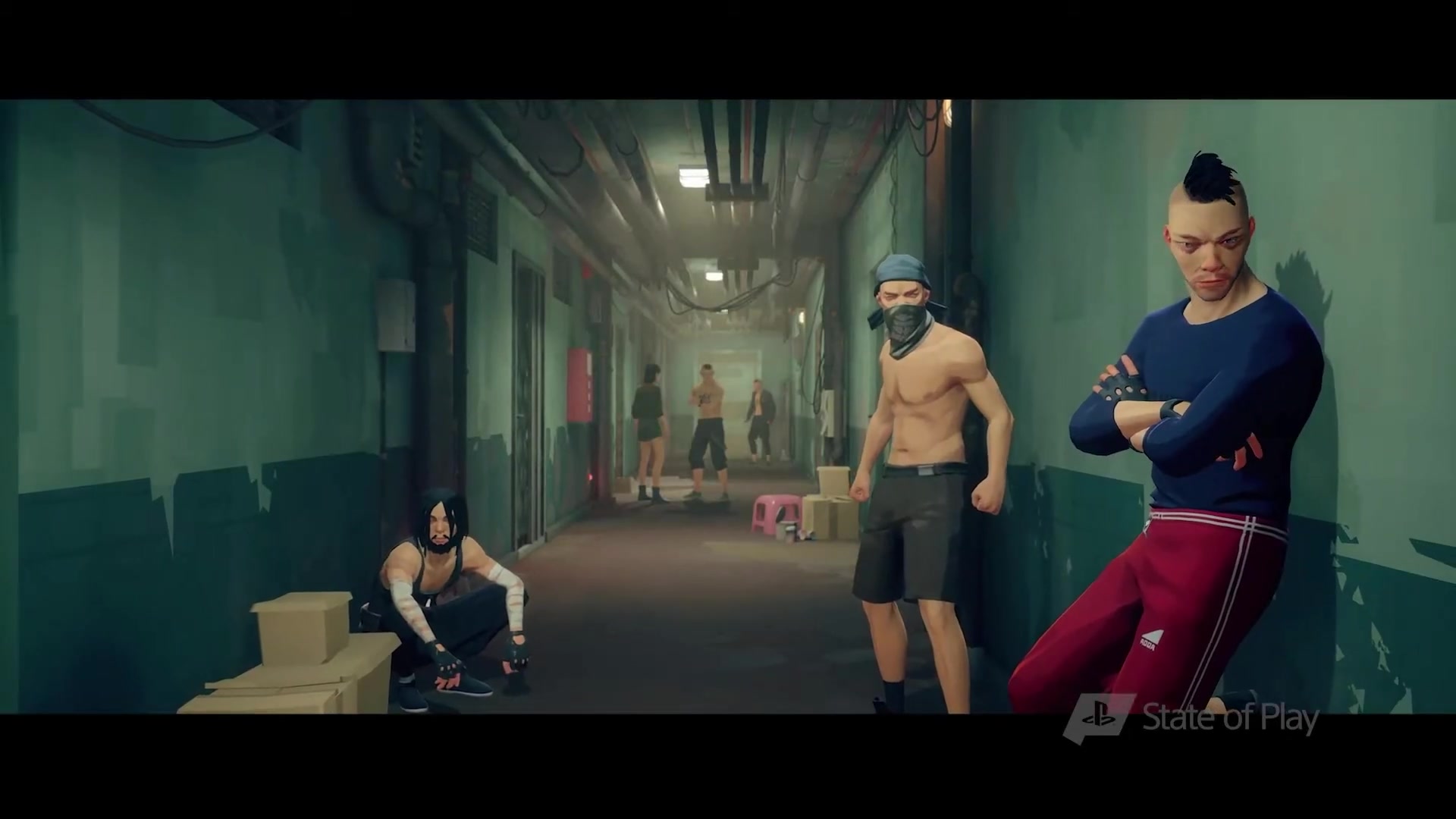
It’s great that the enemy AI in Sifu is aggressive enough to really force you to master these deep defensive mechanics. Parries are great because they will stop an opponent’s combo dead in its tracks and open them up for a counter attack or throw, but they require super precise timing, especially on the highly damaging power attacks that most bosses like to employ. And finally, you can attempt to parry an attack by tapping the block button right when it’s about to hit. Swaying is ideal for when you know an attack is the last hit of a combo, as it gives you an opportunity to counterattack and even opens the opponent up for a directional throw, but also comes with the risk of mistiming it or choosing the wrong direction.

To avoid that, you can hold down the block button and move the stick up or down to sway out of the way of either high or low attacks. If you block too many hits the structure meter will break and you’ll be in for a bad time. Much like in Sekiro: Shadows Die Twice, there’s a “structure meter” that governs the guards of both you and your enemies. That’s just talking on a purely surface level mechanically, it’s just as impressive.īut more than anything, it’s the defensive options that really make Sifu sing. I can’t say enough good things about how smooth the animation is, how every hit lands with bone-crunching impact (which is wonderfully emphasized by the DualSense controller’s haptics if you’re playing on PlayStation 5) and how every single counter looks natural no matter what angle an attack comes from or what type of strike is thrown. The camera does sometimes get squished in the corner and makes it hard to see what’s coming, but apart from that it’s hard to find many faults. Sifu’s martial arts combat is among the best I’ve ever played, plain and simple. Plus, the way new information is added to a detective board that shows how everything is connected is a nice touch.

I found myself uniquely motivated to seek out each of them, not only because of the additional lore and context about the main character’s quest for vengeance that they provided, but also because finding one could potentially unlock doors in previous levels that would lead to entirely new sections. You begin with very little information about your targets, but over the course of the campaign you start to piece together who they are and what they’re all about by collecting clues and evidence throughout each level. These combat chains and moves were a lot to take in without going hands-on with the game and extended far beyond heavy and light attack mix-ups, though they looked like they'll feel much more intuitive once you actually have a controller in-hand.It’s a very simple premise but it’s executed wonderfully. Combos and different abilities were shown off during the demo, too, to show some of the ways our vengeance-driven protagonist can take on groups of enemies.

(Photo: Sloclap)īut even if it was stripped of those movielike moments, Sifu just looks like a challenging, rewarding martial arts game. Hallway fight scenes reminiscent of Oldboy and nightclub tussles where the big bad descends from a stage for a dance floor fight give the game quite the cinematic flair.

Even if he hadn't, those inspirations – or at least the influences – were evident in the demo. Pierre Tarno, the executive producer at Sloclap, often referenced the general feel and themese of martial arts movies when talking about the game. These movie-like moments manifested themselves in different ways throughout the demo event ComicBook attended recently.


 0 kommentar(er)
0 kommentar(er)
